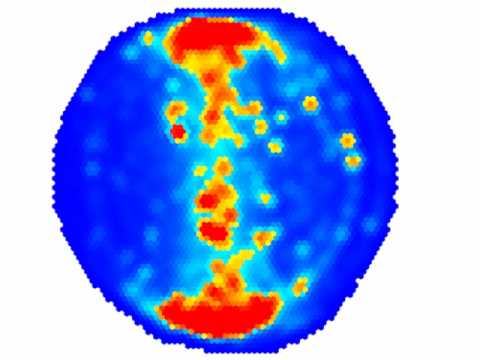Ever since Werner Heisenberg formulated the uncertainty principle, physics has been grappling with the unsettling realization that the universe does not function like clockwork—a metaphor Newton introduced and which held sway for centuries. In a world where predictability and uncertainty […] ↓ Read the rest of this entry…
Posts Tagged Drosophila
It has been almost 10 years now that we have come to the realization that a particular type of our operant experiments can be classified as motor learning. In such “operant self-learning” experiments, the animal learns about the consequences of […] ↓ Read the rest of this entry…
We are looking for a PhD student interested in the functional, molecular and structural profile of neuronal circuits underlying learning, memory and behavior. In a 30-year research effort (lay summary, paper), we have recently identified a new gene (atypical PKC, […] ↓ Read the rest of this entry…
I just sent the poster for this year’s Society for Neuroscience meeting to the printer. As our graduate student is preparing his defense and our postdoc did not get a visa (no thanks, US!), we just have a single poster […] ↓ Read the rest of this entry…
The FoxP family of transcription factors is necessary for operant self-learning, an evolutionary conserved form of motor learning. The expression pattern, molecular function and mechanisms of action of the Drosophila FoxP orthologue remain to be elucidated. By editing the genomic […] ↓ Read the rest of this entry…
The FoxP gene family comprises a set of transcription factors that gained fame because of their involvement in the acquisition of speech and language. While early hypotheses circulated about its function as a ‘learning gene’, a simultaneous “motor-hypothesis” stipulated that […] ↓ Read the rest of this entry…
“Sshh, don’t tell anybody” Professor Troy Zars shushed me: “I have them!”. He was of course referring to fly stocks mutant for the CG16899 gene, now known as FoxP (forkhead box P). While this after-hours discussion took place in 2007 […] ↓ Read the rest of this entry…
Fast object tracking in real time allows convenient tracking of very large numbers of animals and closed-loop experiments that control stimuli for many animals in parallel. We developed MARGO, a MATLAB-based, real-time animal tracking suite for custom behavioral experiments. We […] ↓ Read the rest of this entry…
Tomorrow we travel to the annual meeting of the Society for Neuroscience and our diligent scientists have already printed their posters! Ottavia Palazzo will present her work on genome editing the FoxP locus of Drosophila with anatomical and behavioral characterizations […] ↓ Read the rest of this entry…
The main function of brains is to generate adaptive behavior. Far from being the stereotypical, robot-like insect, the fruit fly Drosophila exhibits astounding flexibility and chooses different courses of actions even under identical external circumstances. Due to the power of […] ↓ Read the rest of this entry…












